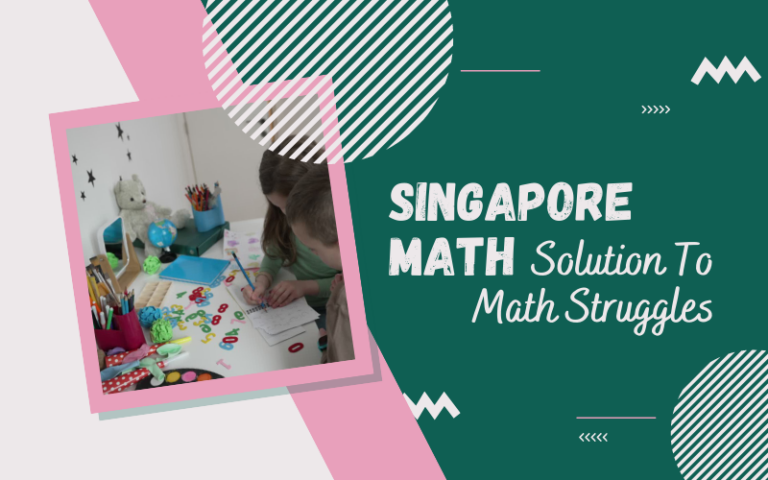According to Merriam-Webster, Mathematics is “the science of numbers and their operations”. Some of the concepts taught in early math education focus on determining when numerals are greater or smaller and their differences. Using this knowledge, let’s construct a simple math problem.
Given the numbers 625 and 535, which number is greater and what is the difference between these two numbers?
Obviously 625 is the greater number and the difference between the two is 90. Why does all of this matter? These were the scores for Singaporian and American students in the international 4th grade mathematics assessment in 2019 (TIMSS). Not only did the United States have a substantially lower score, but we ranked 15th compared to the 1st place slot that was held by Singapore. This is not the first time Singapore has held this spot and the reason for this recurring discrepancy is the method in which the students are taught.
What Is The Difference Between Singapore Math Versus American Math?
What is Singapore Math?
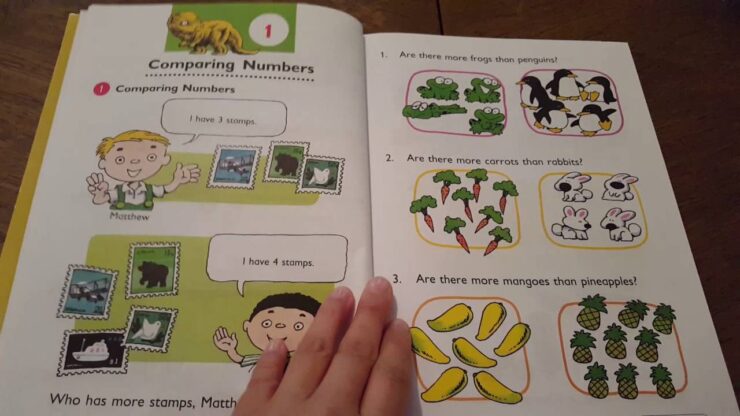
Singapore Math was created in 1982 by the country’s Ministry of Education. The main prerogative of the curriculum is to allow their students to gain a mastery of the subject. According to Dr. Ridzuan Abdul Rahim, Senior Assistant Director of the Ministry of Education, “The focus is on problem solving in mathematics. To do this, we emphasise student understanding of concepts and proficiencies in mathematical skills and processes”.
Three Step Model Of Understanding
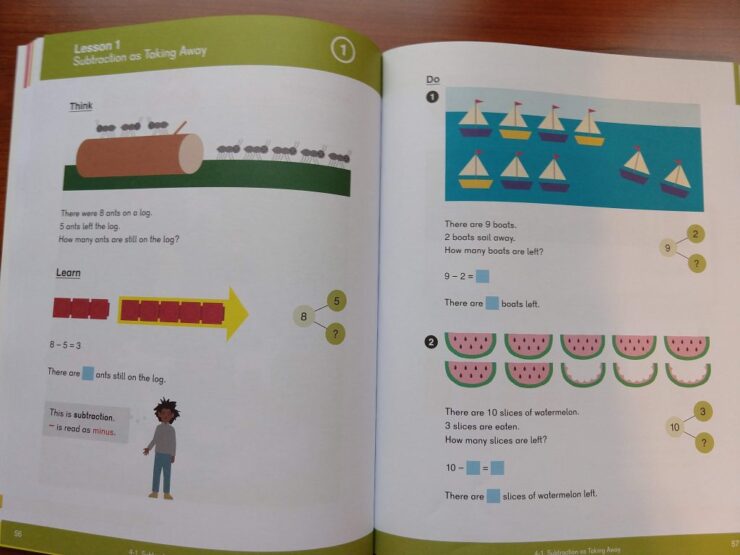
The basis of the Singapore Math methodology is that if you do not have a good foundation, you will never be able to achieve success. Thus, the instructors break down the concepts into a three step education model.
First, they utilize a hand-ons approach to learning, giving students concrete objects to help them conceptualize the problem and the solution. These include blocks, beads, marbles, paper clips and any other items that the students can both see and touch.
Once they master this method understanding, instructors transition to a pictorial approach, using bar modeling and diagrams to help students visualize the concept. In the third and final level of this model, abstract thinking is applied to tie these principles together. This aligns more with the traditional numbers and symbols that most people relate to mathematical problems.
Best of all, not only is this technique effective, but it also allows students to see the problems from all angles. Teaching kids to think outside of the box lets them better grasp the different problems and find solutions more quickly.
What Is Common Core Math?
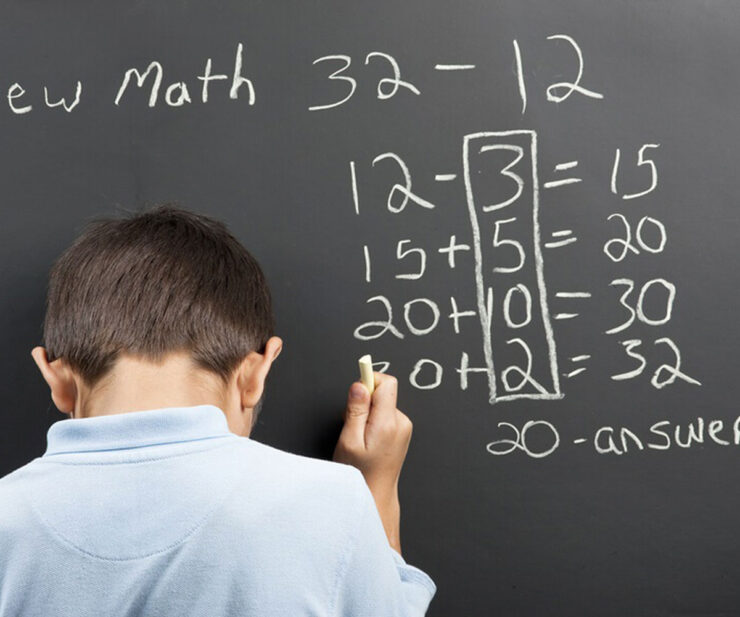
In 2010, the United States implemented their Common Core Curriculum in an attempt to ensure that the children of tomorrow were readily prepared to succeed in their futures. However, researchers found that “by 2017 — seven years after most states had adopted [Common Core practices] — the standards appear to have led to modest declines in fourth-grade reading and eighth-grade math scores”.
Why is this? Four little words — one size fits all. Common Core Math teaches using a top down approach. Students are presented with a problem and then instructors break it down into pieces, showing how to achieve the result. Moreover, educators use a narrower approach to teaching while highlighting a broader collection of topics.
In other words, students learn more concepts over time, but spend less time actually explaining the idea behind the method of solving the problems.
The Problems With Common Core Techniques

Every parent knows that children learn in a variety of ways and one specific method may not be compatible with their child’s learning style. Common Core Math focuses on meeting specific standards and achieving it by teaching for the test and not allowing the kids to truly understand the concept.
Essentially, American educators teach children how to mimic a task, providing students with cookie cutter questions on their tests. While this can increase test scores, when the queries don’t align with the original assignment, many kids can not conceptualize how to deduce a result.
Additionally, most instructors only allow one technique for finding the solution. This is unrealistic. We all know that there are multiple ways to achieve a result! Thus, how is this method of teaching actually going to prepare your kids for the future?
Conversely, Singapore Math programs strive to get students to understand the basic concepts to reach a conclusion, ensuring a thorough and extensive comprehension of the topic. In order to truly benefit from this style of learning, parents should enroll their kids early to build a strong foundation for success!
Why Start Singapore Math Early?
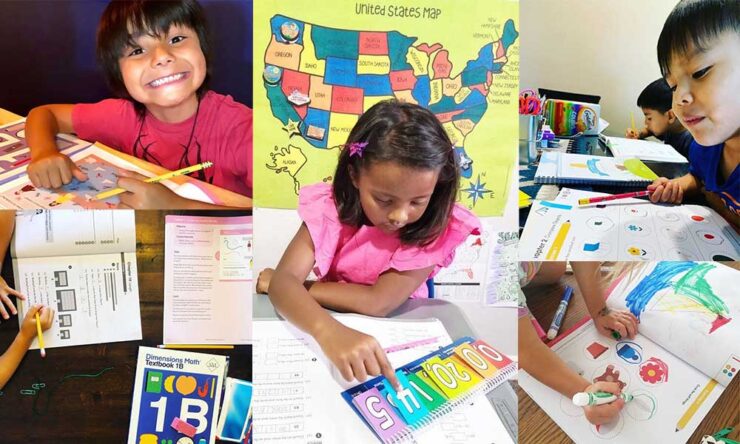
One of the best parts of starting Singapore Math at an early age is that you are allowing your child to learn concepts through sensory play! Singapore Math for Kindergarten takes advantage of your child’s love of blocks, toys, Legos and other hands-on items, which allows for the natural evolution of their understanding of mathematics. By enabling them to not only see the pieces of the puzzle, but also be able to physically move them around to reach a conclusion, they can conceptualize mathematical skills sooner than those who utilize Common Core methods.
Most importantly, sensory play has been shown to develop neural brain connections, enhance memory as well as improve motor skills and language development. It is also an inclusive way of learning, accommodating all learning styles (tactile, visual, auditory and kinesthetic). This interactive approach to problem-solving can be quite the educational boost!
Where To Learn This Elite Skill

Unfortunately, the Common Core Standards are quite common in American schools. In fact, 41 of the 50 states have implemented this program. Unless you home school or have your child enrolled in an elite private institution, the opportunity to engage in Singapore Math in the classroom is limited. Thankfully, supplemental online education is available, allowing students to benefit from this esteemed way of learning from the comfort of their own homes!
MonsterEducation offers the prestigious Singapore Math curriculum that is tailored to students in Kindergarten to fifth grade. Just like with Singapore Math teachings, the instructors do not believe that one size fits all. Thus, they conduct an initial evaluation of their incoming students to ensure that they are enrolled in a class that best fits their current level of understanding.
Moreover, the small class sizes of six students or less guarantees individualized attention and a truly interactive experience. Most importantly, the educational staff is composed of accomplished experts who have at least fifteen years of experience in teaching their fields! The upcoming Fall term can be a fantastic introduction to this revolutionary approach to arithmetic.
The Importance Of Academic Enrichment
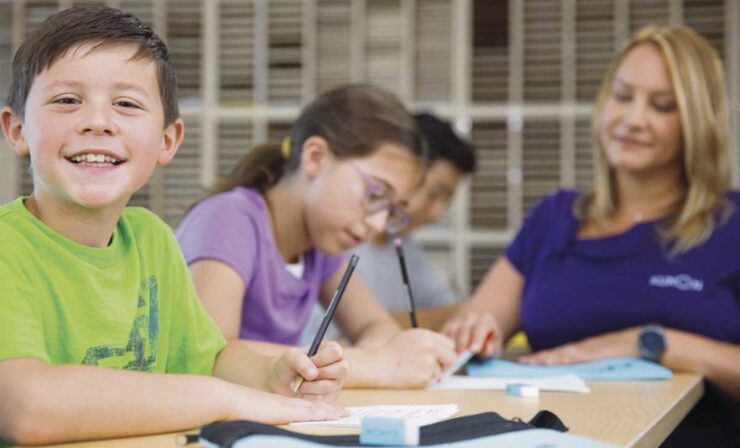
Education is a vital part of our children’s journey in becoming self-sufficient, successful adults. However, the standardized methods of teaching that most schools implement do not accommodate the learning styles of all students. Moreover, classes are usually conducted in large group settings. This can make comprehension difficult, leading to academic struggles and anxiety in school settings.
Research shows that by enrolling your child in academic enrichment programs outside of their regular schooling, it can not only improve their confidence, but it can boost their knowledge of various subjects, giving them a competitive advantage against their peers.
In fact, a study done at Iowa State University found that “gifted students who have experienced special programs, have shown remarkable improvements in self-understanding and in ability to relate to people as well as in improved academic and creative performance”.
Additionally, this is one of the reasons why children who are enrolled in Summer school courses tend to score better in the following school year. Without continued use of a skill, you will lose your aptitude for it. Monster Education not only offers supplemental learning in the Spring and Fall seasons, but also in the Summer and Winter months when learning loss is at its peak.
Practice Singapore Math At Home

Everyone knows that practice makes perfect! For the youngsters who love games, consider making your next family night an educational one. Dice and domino games like Yahtzee and Rummikub reinforce Singapore Math skills like addition, subtraction and multiplication. They also utilize the concepts of pairing and sequencing. Best of all, your kids won’t even realize that they are learning new mathematical skills and building on existing ones when engaging with family and friends!
In addition, you can also grab a simple deck of cards to further strengthen what they have learned in their Singapore Math online class! See how many different ways they can get to the number ten! What are the various pairs they need to reach that total? Work your way up to bigger numbers as they master the smaller digits. These seemingly simple notions are the building blocks for more advanced problems.
Moreover, practice fractions while in the kitchen or the sandbox! If you need a cup of sugar for a recipe, how many quarter and half cup measurements do you need? What about if you only have a measuring scoop that holds an eighth of a cup? Create scenarios to test their newly acquired skill set.

